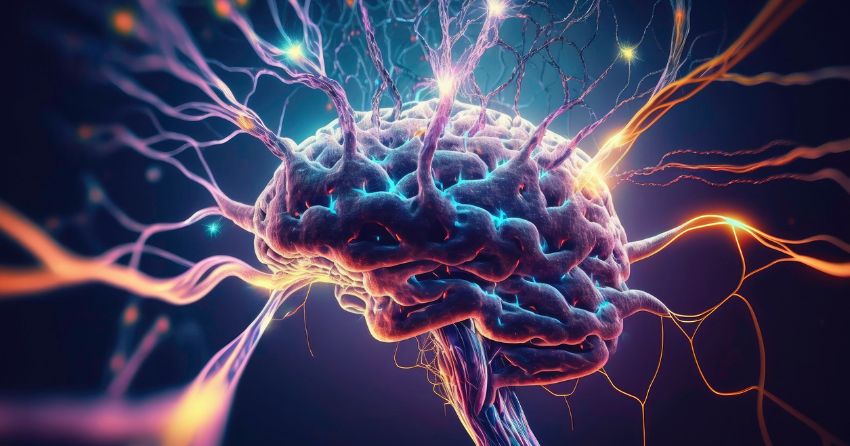Longevity Articles
Stay informed with the latest information related to supplements and nutrition to help you live healthier and longer.
Longevity Articles
Stay informed with the latest information related to supplements and nutrition to help you live healthier and longer.

NMN News & Research
The main benefits of supplemental NMN include supporting longevity, healthy body weight, metabolic markers, cognitive function, and reproductive health.
NMN News & Research
The main benefits of supplemental NMN include supporting longevity, healthy body weight, metabolic markers, cognitive function, and reproductive health.












